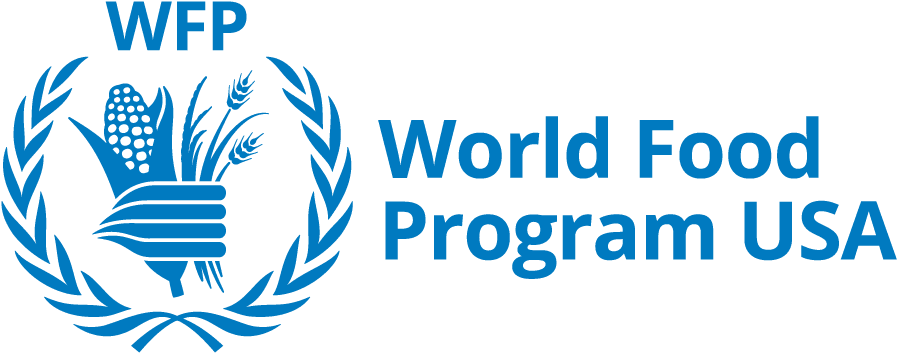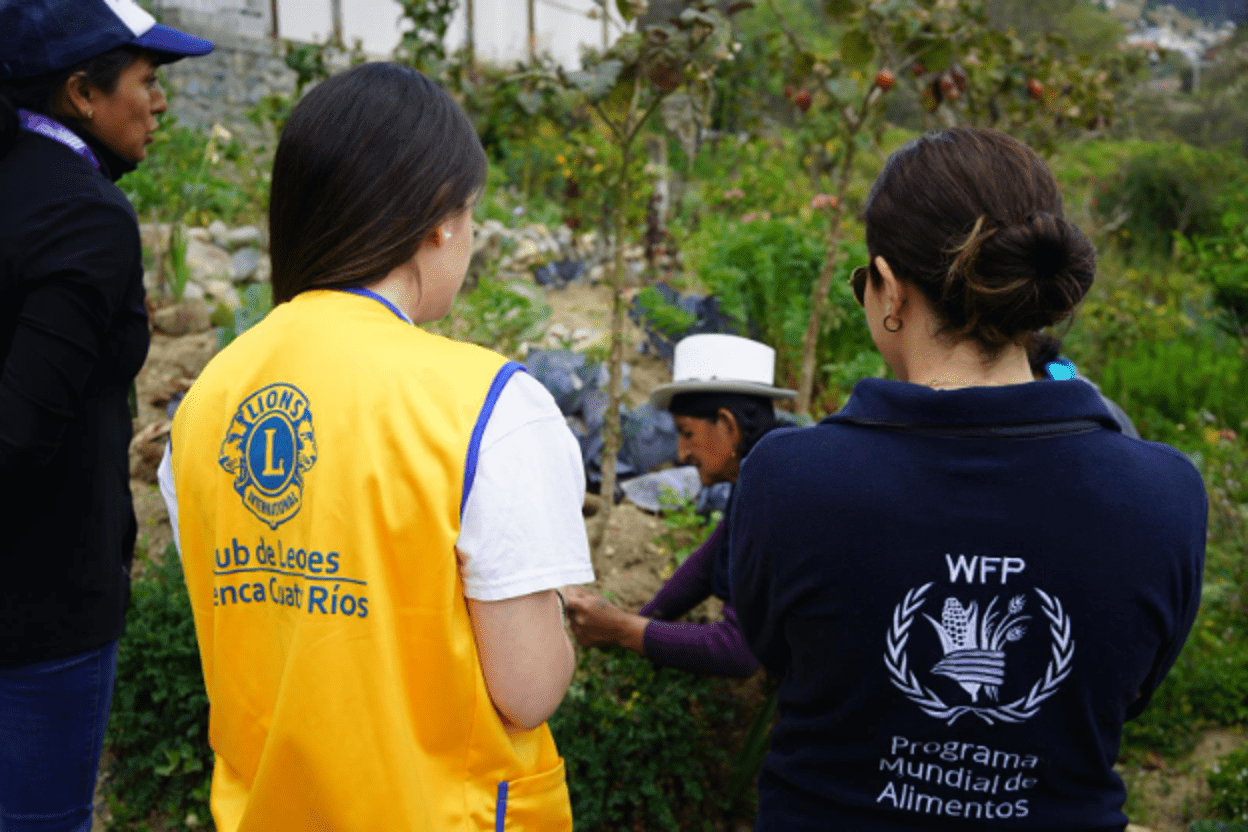On February 20th, famine was declared across parts of South Sudan.
War and a collapsing economy have left tens of thousands of families facing starvation in parts of South Sudan, where 40 percent of the population needs urgent humanitarian assistance to survive.
Today, three U.N. agencies, including the United Nations World Food Programme (WFP), officially declared famine.
Here Are Key Facts About the Famine in South Sudan:
- A formal famine declaration means people have already started dying of hunger. Some 100,000 people in the northern-central area of South Sudan could die of hunger without humanitarian intervention. An additional 1 million people are classified as being on the brink of famine.
- This famine is man-made. Almost three years of fighting have destroyed South Sudan’s economy and caused a massive refugee crisis. The situation is the worst hunger catastrophe facing the country since fighting erupted in December 2013.
- More than 40 percent of the country’s population requires urgent humanitarian assistance, including food, agriculture and nutrition support. Babies and children under the age of two are especially vulnerable to malnutrition and hunger. Without the right calories and nutrients, malnutrition during this window can permanently stunt physical and developmental growth.
- In addition to security concerns as a result of ongoing violence, aid workers and local partners in South Sudan face serious logistical challenges reaching families in need. The country’s weather and lack of infrastructure mean transporting humanitarian aid can be incredibly difficult. During the rainy season, when parts of South Sudan become flooded and the roads impassable, the World Food Programme (WFP) relies on strategically pre-positioned food stocks and airdrops to reach the most remote communities.
- The country’s annual dry season could make the situation even worse. South Sudan’s lean season—the months before harvest time when food stocks and job opportunities dwindle—will hit in July and push even more families into poverty and hunger.
“Our worst fears have been realized. Many families have exhausted every means they have to survive,” says Serge Tissot, FAO representative in South Sudan.
The U.N. World Food Programme’s Response in South Sudan
The U.N. World Food Programme plans to provide food and nutrition assistance to 4.1 million people through the hunger season.
The agency also provides monthly food rations for about 250,000 people sheltering in U.N. bases and 325,000 people in refugee camps. In addition, some 450,000 people are receiving food assistance through recovery or resilience programs and more than 275,000 schoolchildren are receiving school meals from the U.N. World Food Programme. The agency also plans to assist more than 800,000 children under age five with specialized support to treat and prevent malnutrition.
In some of the hardest-hit locations, the U.N. World Food Programme already has emergency rapid response teams serving more than 180,000 people. The agency is also launching emergency food distributions for 66,000 people in Leer county, where famine has been declared.
Last year the U.N. World Food Programme reached a record 4 million people across South Sudan with 584 million pounds of food—enough to fill 4,000 trucks.
Hear what’s happening on the ground in South Sudan:
Famine paints an unspeakable picture: Families desperate for food, children dying of hunger, an urgent need for life-saving aid. The recent declaration of famine in South Sudan reveals the tragic consequences of war—and how the gradual collapse of a country can drive people into starvation. M.J. talks to Rose Ogola, a World Vision staffer in South Sudan, and Challiss McDonough, a World Food Programme staffer, about the human toll of famine, what’s at stake for the world’s youngest nation and what you can do today to help save the lives of innocent children.
What’s the current situation in South Sudan?
What other countries are in famine, and how can it be stopped?






